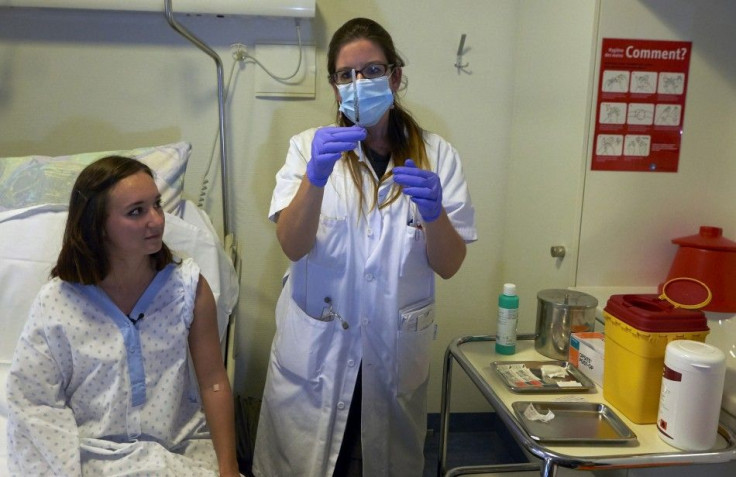Medical breakthrough: The Scripps Institute researcher finds the ancient origin of the deadly Lassa virus

The Scripps Research Institute, or TSRI, researcher, has published a new study that explains the ancient roots of the Lassa virus and its evolution over a period of time. The TSRI biologist Kristian G. Andersen, worked as a part of an international team based in West Africa and North America.
According to Anderson, the research findings offer an insight into the evolution of the virus that kills more than 5,000 people each year. The lead author of the study published in the journal Cell on August 13 further says that scientists can use the study findings as their basis to develop vaccines and therapies against the Lassa virus.
The team of researchers from TSRI, Harvard University, the Broad Institute, Tulane University, Irrua Specialist Teaching Hospital, Nigeria; and Sierra Leone’s Kenema Government Hospital uses a technique called next-generation sequencing to study the genome of the deadly virus. The researchers isolated the samples of the virus from the infected wild Mastomys natalensis and humans in Sierra Leone and Nigeria.
Mastomys natalensis are the rodents that are the natural reservoirs of the virus. The virus is generally spread from the infected urine or stool of the rodent, and can be transferred from human to human contact.
During the study, the researchers found that Lassa virus shared a common ancestor that existed nearly 1,000 years ago in an area, which is today known as Nigeria. According to Anderson, the Lassa virus spread in Nigeria nearly 400 years ago and translocated itself to other areas, including Liberia, Guinea and Sierra Leone, only a couple hundred years back.
“The reason Lassa hasn’t yet grown into this huge epidemic is because there is limited transmission between humans,” said Andersen in a press release. “That’s a major difference between Lassa virus and Ebola virus.
Anderson further claims that as Lassa spread across different regions, the virus mutated itself to become capable of living inside a mammalian host. As a next step, the researchers are planning to study how that mutation happens and the mechanism by which the Lassa virus impacts the immune system of the host.
Contact the writer at feedback@ibtimes.com.au, or let us know what you think below.






